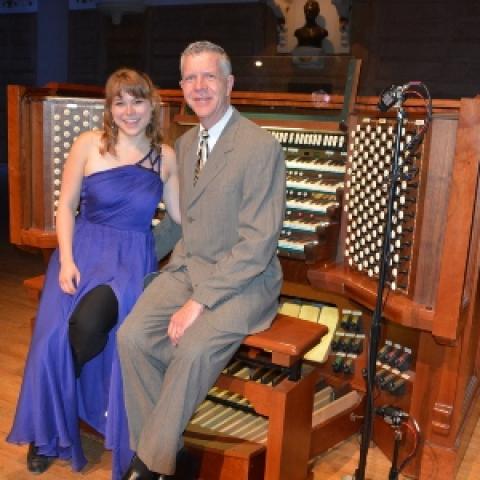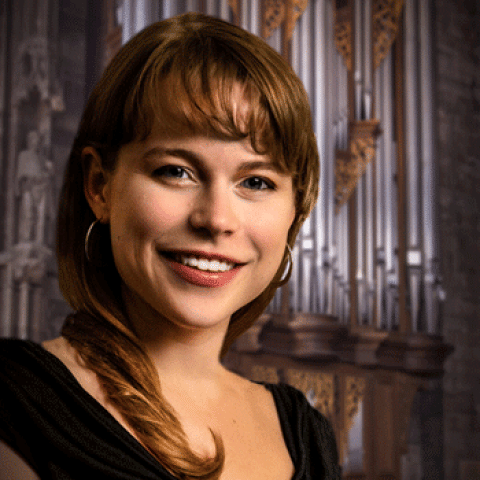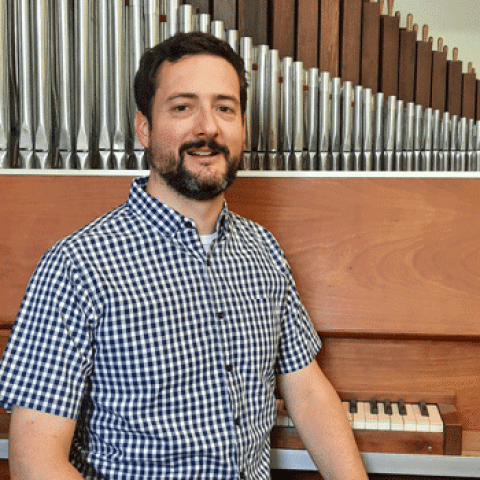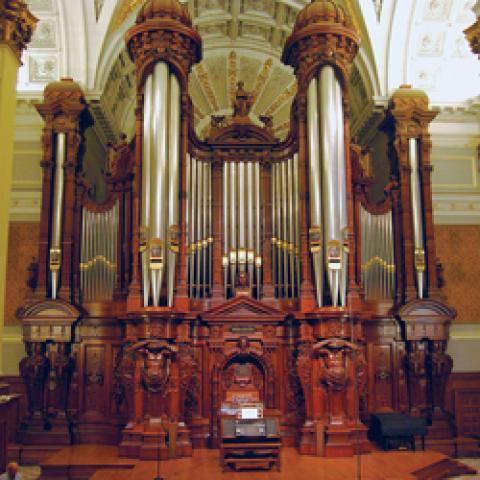Andover Opus 114_Katelyn Emerson
Andover Opus 114_Katelyn Emerson
Related Content
Katelyn Emerson
Host Facility
Pinnacle Presbyterian Church
Location
Scottsdale, AZ
Time
3 pm
Katelyn Emerson
Host Facility
St. Chrysostom Episcopal Church
Location
Chicago, IL
Time
7:30 pm





